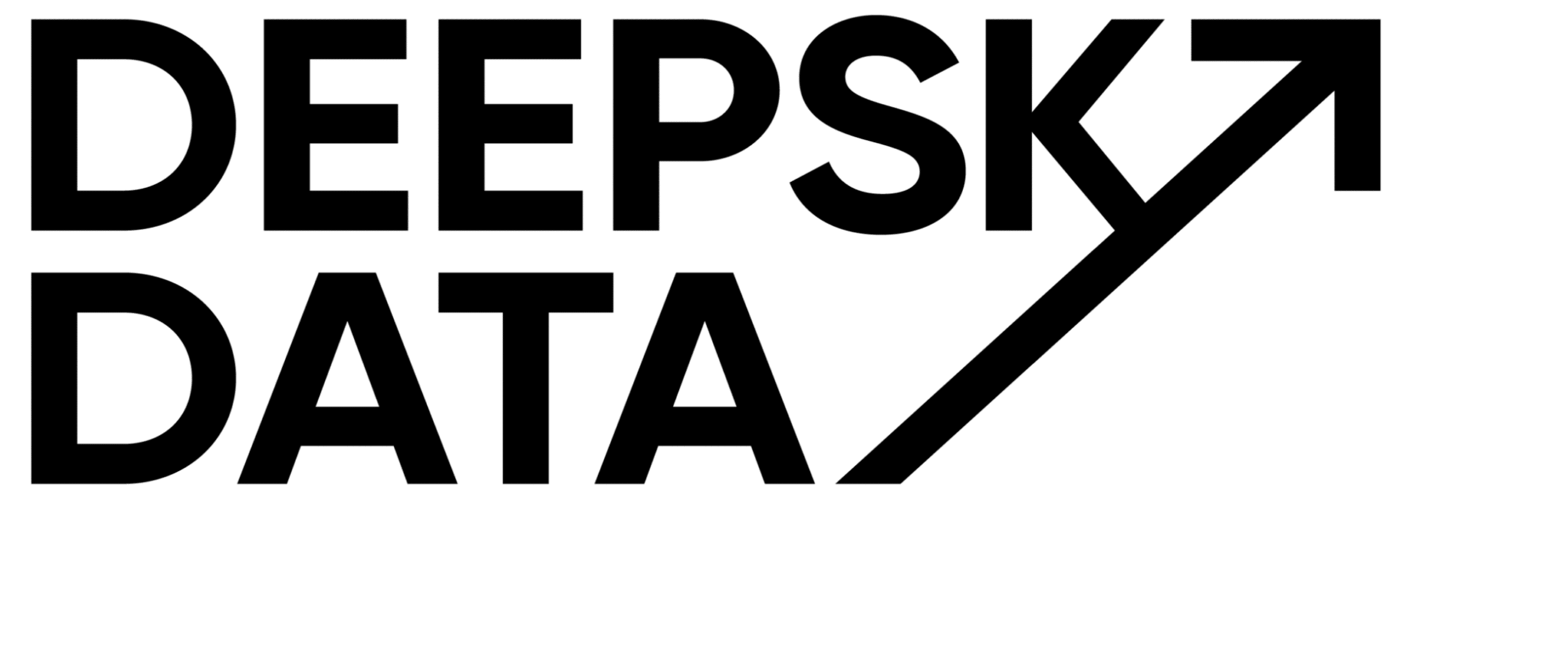Enjoy my free video course about how to design a good tracking plan
Dear Data-Traveller, please note that this is a LinkedIn-Remix.
I posted this content already on LinkedIn in September 2022, but I want to make sure it doesn’t get lost in the social network abyss.
For your accessibility-experience and also for our own content backup, we repost the original text here.
Have a look, leave a like if you like it, and join the conversation in the comments if this sparks a thought!
Screenshot with Comments:

Plain Text:
My first small video course is ready – and it’s free:
How to create a good tracking plan?
Before we answer this, let’s have a look at why tracking setups are usually not working:
Don’t worry. Most business struggle with their data tracking setup. Because it’s not easy to set up, it takes some effort to do it right from the design and implementation.
Not the right data
Always when you analyze the data, something is missing. Or you can’t get the data you need to analyze an entire funnel because the user id is changing somewhere in between.
Too many events
Most setups have way too many events. Over 30-40 events get hard to manage and maintain. And even with tracking almost everything, you usually miss the important ones.
No trust in data
Because people don’t find suitable events to answer their questions. Or because some data looks wrong. Or doesn’t match with other systems’ data.
No idea what to do with it
Even with reliable tracking data, the critical question remains: what can I get from the data that makes my product better and my business more revenue and fewer costs?
A good tracking plan design will solve these problems.
We use two approaches when we create tracking plans:
Three-layer event schema
We work with three layers of event data to focus on suitable events. We are going from a high-level business focus to a granular interaction focus: business & product core events, interaction events
Entity & Activity Model
Define your business and product entities first. They define the scope you want to look at your data. Then explain the activities of these entities and, finally, their properties.
To explain both approaches a bit more in detail, I have created a small (55m) FREE video course. Sign up for the free course here: https://www.deepskydata.com/go/how_to_create_a_good_tracking_plan?ref=linkedin_1309

